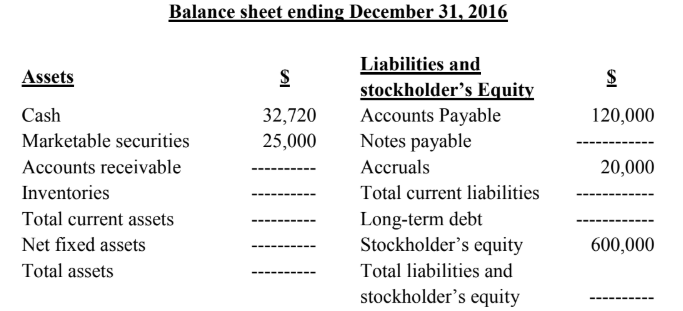CSS Business Administration Past Paper 2018
PART-2(Subjective) 80 Marks
Attempt ONLY FOUR questions from PART-II. (20×4)
PART-II
Q. No. 2. Daud Tools, a manufacturer of lathe tools, is currently selling a product for $10 per unit. Sales (all on credit) for last year were 60,000 units. The variable cost per unit is $6. The firm’s total fixed costs are $120,000.
The firm is currently contemplating a relaxation of credit standards that is expected to result in the following; a 5% increase in unit sales to 63,000 units; an increase in average collection period from 30 days (the current level) to 45 days; an increase in bad debt expenses from 1% of sales (current level) to 2%. The firm determines that its cost of tying up funds in receivables is 15% before taxes.
Question: Determine whether it would be profitable for Daud Tools to relax its credit standards. To arrive at your decision, show the calculation of:
(a) Additional profit contribution from sales
(b) Cost of marginal investment in account receivables
(c) Cost of marginal investment in bad debts
Q. No. 3. ABC Industries

The following financial data for 2016 is also available;
(a) Sales totalled $1,800,000.
(b) The gross profit margin was 25%.
(c) Inventory turnover was 6.0.
(d) There are 365 days in the year.
(e) The average collection period was 40 days.
(f) The current ratio was 1.60.
(g) The total asset turnover ratio was 1.20.
(h) The debt ratio was 60%.
Complete the 2016 balance sheet for ABC Industries using the given information.
Q. No. 4. Identify the major drivers of supply chain performance. Discuss the role each driver
plays in creating strategic fit between supply chain strategy and the competitive
strategy. Define the key metrics that track the performance of the supply chain in terms
of each driver.
Q. No. 5. Brand positioning is the act of establishing a distinctive image of a product or offering
in the minds of customers. How do marketers analyse competition and differentiate
their products for successful positioning?
Q. No. 6. How do consumers process and evaluate prices? What is the 5-step process of setting
the initial price for products or services? When and how should a company initiate a
price change, i.e. introduce a price cut or price increase?
Q. No. 7. Organizational structures are designed in two major forms; traditional and
boundaryless organizations. Discuss their different types, characteristics as well as their
relative advantages and disadvantages, in comparison to each other.
Q. No. 8. What is Training Needs Analysis (TNA), why is it important to conduct it, and what
should it evaluate? What are the types of training methods and which training method
should be employed for each type of training needs?
